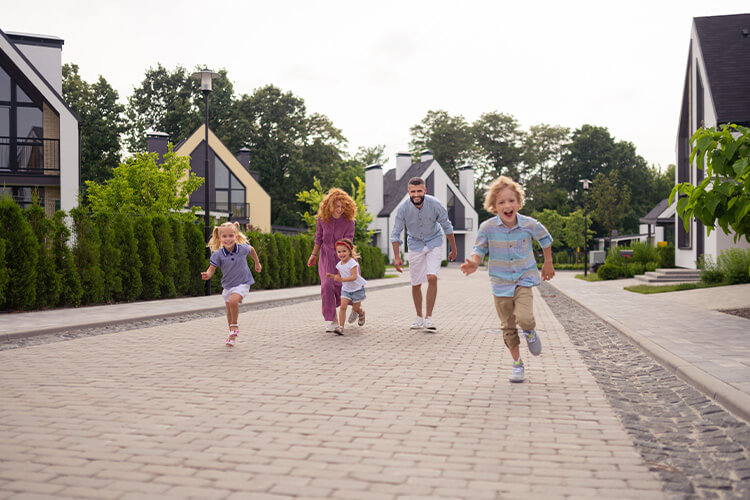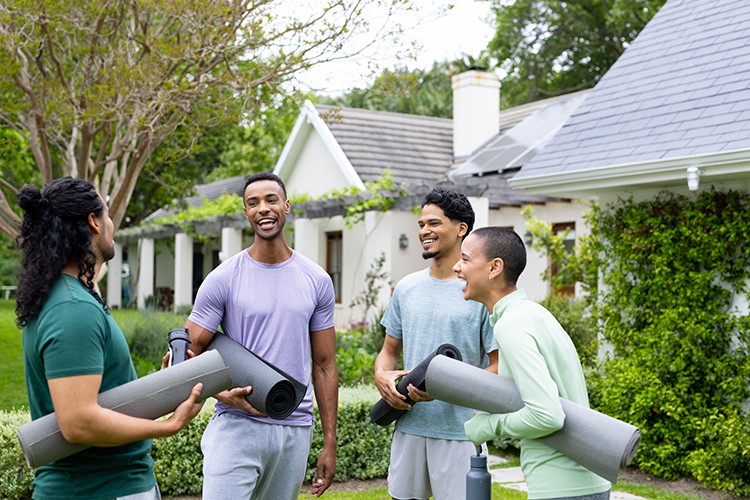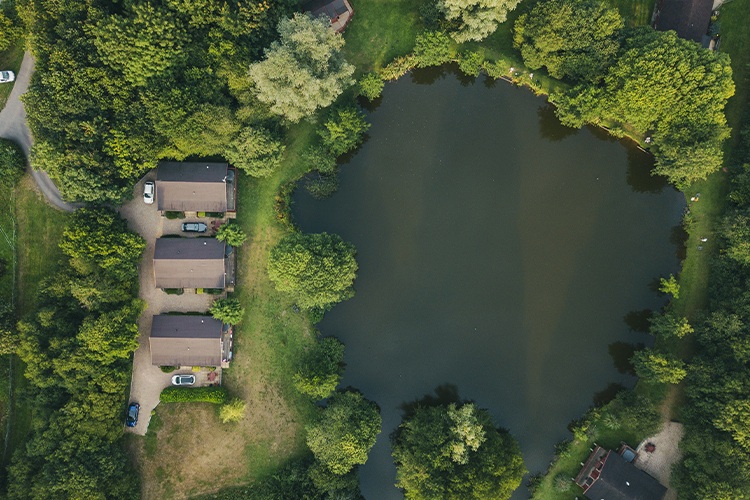Benefits of Age Friendly Walkable Communities for All Generation
By homz | June 27, 2025
Age-friendly, walkable neighbourhoods are designed to help individuals of all ages. These communities value inclusiveness, accessibility, and safety first. By promoting activity and social involvement, they enhance mental and physical health. Such a community is essential for positive urban life and helps create a sense of belonging.
Walkable neighbourhoods are more than simply convenient; they provide sensible answers for many different requirements. Shared areas and improved design help everyone from youngsters to seniors. They are also more environmentally friendly and promote reduced automobile use.
These communities show current values and the need for better living. By effectively linking people and services, they also significantly contribute to urban resilience. Age-friendly, walkable neighbourhoods help humanise cities.
Benefits Of Age-Friendly Walkable Communities
Improving Physical Health
Walking regularly increases mobility and heart health. Including pedestrian routes and parks helps promote active living. In wellness communities focused on holistic health, walkability, inclusivity, and sustainability are essential foundations for overall well-being.
Particularly, age friendly communities usually provide levels, shaded routes, resting spots, and community fitness courses. Even at a modest speed, daily activity enhances muscle tone, coordination, and endurance. Safer paths to schools and parks help children and teenagers as well.
Active living develops patterns that support long-term health and vitality for all generations. Seniors who have superior joint flexibility and fewer falls become more independent.
A study found that residents in walkable communities experience better cardiovascular health and lower blood pressure. (Source 1)
Supporting Mental Well-being
Engaging with neighbours enables everyone to create helpful communities. Such exchanges are essential for age-friendly communities. Community gatherings provide mental stimulation that improves cognitive wellness. Wellness communities usually have art walls, reading nooks, and gardens that encourage participation.
Meeting, talking, and bonding in shared settings create emotional well-being. Seniors, particularly, take pleasure in daily outings and seeing familiar faces. Kids develop socially and feel safe.
Casual contact and natural beauty help increase mental wellness overall. Such settings also tend to produce better moods, less anxiety, and less stress. Community participation strengthens a sense of purpose, which in turn contributes to mental well-being.
Promoting Sustainable Living
Lessening dependence on cars helps cut carbon emissions, thereby supporting a sustainable society. Walkable communities reduce pollution and traffic congestion. By encouraging environmentally friendly transit, they fit aspirations for healthy urban living. Designing these communities with sustainability in mind is fundamental.
Residents cut gasoline use and carbon emissions with closer access to stores, schools, and parks. Many such communities include native vegetation, rainwater collecting, and solar lighting. These initiatives support a sustainable, resource-conscious way of living.
Families that educate kids about eco-friendly practices benefit from such walkable surroundings. Sustainable community design starts with a healthy planet. Eco-conscious communities also enjoy quieter streets, better air quality, and closer relationships to environmental stewardship.
Increasing Economic Vitality
Local businesses in pedestrian-friendly areas thrive as more people walk past. Residents are more inclined to buy locally, which helps the economy. Well-designed walkable areas generally see rising property values.
Investing in such areas produces economic development, which is good. Walking daily brings new cafes, markets, and businesses. A busy walking community draws visitors and local pride. Walkable wellness communities generate lively social scenes and employment possibilities.
Investments in these fields sometimes result in long-term monetary gains. From property investors to small company owners, everyone benefits. Often motivating business activity and community-led projects, these areas help strengthen microeconomies.
Making Accessibility and Safety possible
Well-kept crosswalks and sidewalks improve safety for everyone, particularly older people. Good signs and lighting help reduce accidents and injuries. Ramps and seats are among accessibility elements that meet various demands. Age-friendly community development depends on safety policies first and foremost.
Traffic-calming initiatives and community policing build trust and safety. Seniors and children feel sure of their navigation of areas. Design in wellness communities also comprises broad routes for strollers and wheelchairs.
Technologies help provide peace of mind. Accessible communities enable everyone to travel safely and freely; hence, they promote confidence and independence.
Promoting intergenerational contact
Parks and community centres serve as shared spaces that unite diverse age groups. These exchanges foster knowledge and mutual respect. Events and programs for all ages help build community ties. Intergenerational participation defines a community for all.
Art projects, cooking lessons, or storytelling activities bring young people and seniors together. Shared experiences foster respect and compassion. Cultural days, garden clubs, or outdoor activities provide opportunities to meet. These moments close generational divides and support the creation of enduring memories.
A neighbourhood becomes more unified the more individuals share time and space. Such involvement fosters lifetime mentorships and friendships that improve life for generations.
Helping Seniors Age in Place
According to the US Census Bureau, the population aged 65+ is expected to double by 2050.
Designing houses and communities with ageing in mind helps elders to remain longer. Single-level houses and nearby amenities promote independence for residents. Daily needs and medical treatment within walking distance are absolutely vital. A key component of age-friendly communities is ageing in place.
Knowing help is close by, family members worry less. Seniors still contribute to community life with dignity and purpose as well. Ageing in situ helps emotional stability and lessens institutional care demand.
Harmonising with World Projects
Groups like the WHO advocate for age-friendly cities all across the globe. Following their recommendations guarantees that communities satisfy worldwide criteria. Such harmony fosters worldwide awareness and backing. Being part of a worldwide network increases resource sharing and creativity.
Many urban designers now use the WHO model to guide future wellness communities. For better results, governments and local organisations work together globally. This strategy guarantees scalable, proven solutions that benefit all. Partnerships enable more efficient project funding, design, and supervision.
Communities turn into examples for others to follow, causing change to ripple far and wide. Working with worldwide movements also provides access to expert advice and funds.
Final thoughts
Walkable, age-friendly communities have several advantages for all ages. They foster social cohesion, sustainability, and health. Embracing these values helps us to build inclusive spaces for all. Investing in such communities moves us closer to a better future. Their careful design promotes sustainable, linked, active cities.
These are sensible needs, not only urban fantasies. More people, seniors, and families are asking for areas that promote healthy living. We can change how all generations flourish, how communities appear and feel, and how they work. Age-friendly designs will guarantee cities stay livable, fair, and motivating for all as they grow.














